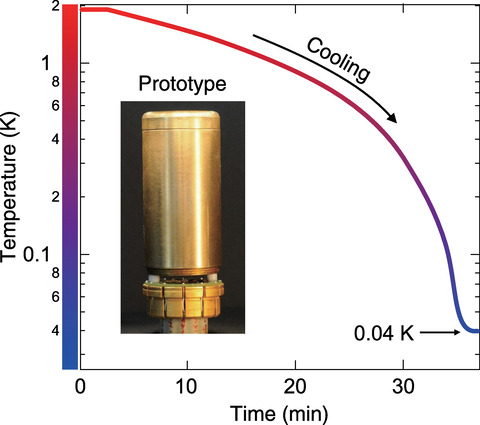
Fig.3-5 Features and utilization of magnetic cooling using quantum fluctuations

Fig.3-6 Actual cooling using the prototype device
Ultra-low temperature refrigeration is needed for fundamental research and in some applications, such as superconductivity and quantum computers; these needs have increased the demand for high-performance refrigerators.
Most ultra-low temperature refrigerators use helium-3 for cooling. However, after the 9/11 terrorist attacks in the United States, the demand for helium-3 used for nuclear material detectors increased sharply, causing a supply crisis. This shortage led to increased interest in magnetic cooling, summarized in Fig.3-5, which does not require helium-3.
In traditional magnetic cooling, heat is absorbed by the fluctuations of the magnetic moments, which are minute magnet in a magnetic material. At low temperatures, however, the magnetic moments align and can no longer absorb heat, thereby limiting the achievable temperature to critical temperature below which magnetic moments align.
The key to overcoming this limit is the quantum effect. In Newtonian classical mechanics, both atoms and magnetic moments should be completely stationary at absolute zero due to the disappearance of thermal fluctuations. Quantum mechanics, however, which describes microscopic phenomena more accurately, shows that atoms and magnetic moments continue to fluctuate even at absolute zero. These fluctuations are called quantum fluctuations. Most substances solidify at absolute zero as the thermal fluctuations disappear, but helium, for example, does not solidify and remains a liquid because of quantum fluctuations. Among magnetic materials, an effect called “magnetic frustration” suppresses the alignment of the magnetic moments; these “frustrated magnets” contain magnetic moments that maintain quantum fluctuations even at extremely low temperatures. Such magnetic materials may be cooled to ultra-low temperatures because of the manifestation of quantum effects.
A prototype cooling device containing KBaYb(BO3)2, which has a strong magnetic frustration, was thus developed. We then compared the cooling performance of the developed device with a commercially available magnetic cooling device that uses a conventional refrigerant; the results are summarized in Fig.3-6. The developed prototype reached 0.04 K, significantly closer to absolute zero than the commercial device, which reached 0.08 K.
In addition, conventional refrigerants contain many water molecules, which causes their deterioration, such as dehydration and deliquescent. As KBaYb(BO3)2 does not contain water molecules, it is stable in air.
State-of-the-art helium refrigerators can maintain their low temperature for a long time, although they require helium-3 and have extremely complicated structures. On the other hand, magnetic cooling devices have a much simpler structure and do not require helium. Therefore, its use at the international space station is considered for future. The major drawback was that continuous cooling was not possible, but recent research and development has eliminated this drawback. Magnetic cooling may replace helium-3 refrigerators in the future, and the proposed KBaYb(BO3)2 cooling device may be used widely for magnetic refrigeration.
This research was supported by the Japan Society for the Promotion of Science (JSPS) KAKENHI (No.JP20K22338, JP20KK0061).
(Yoshifumi Tokiwa)